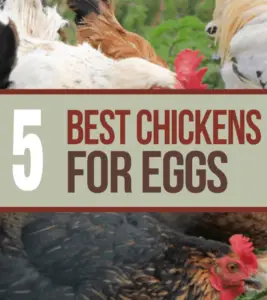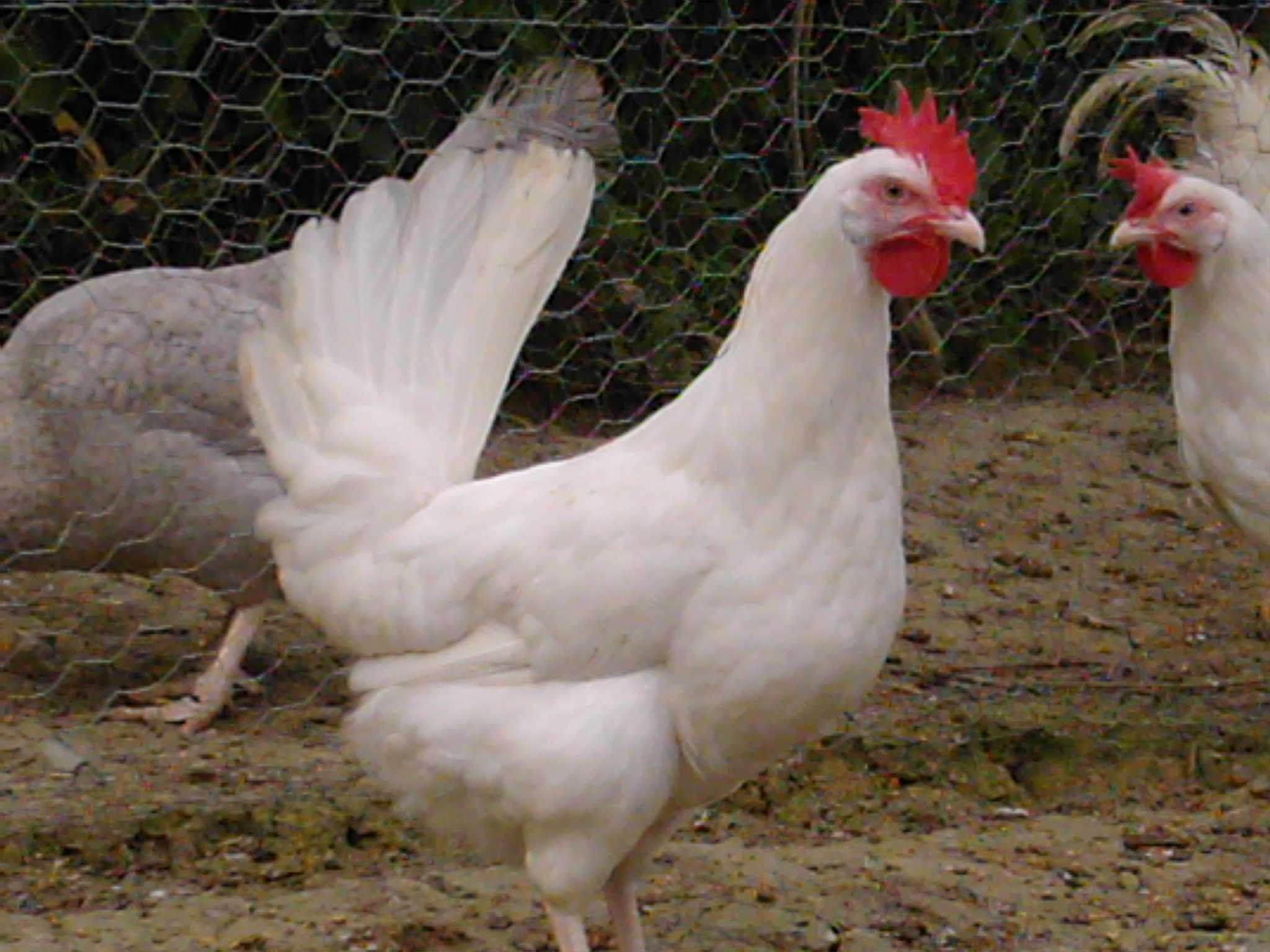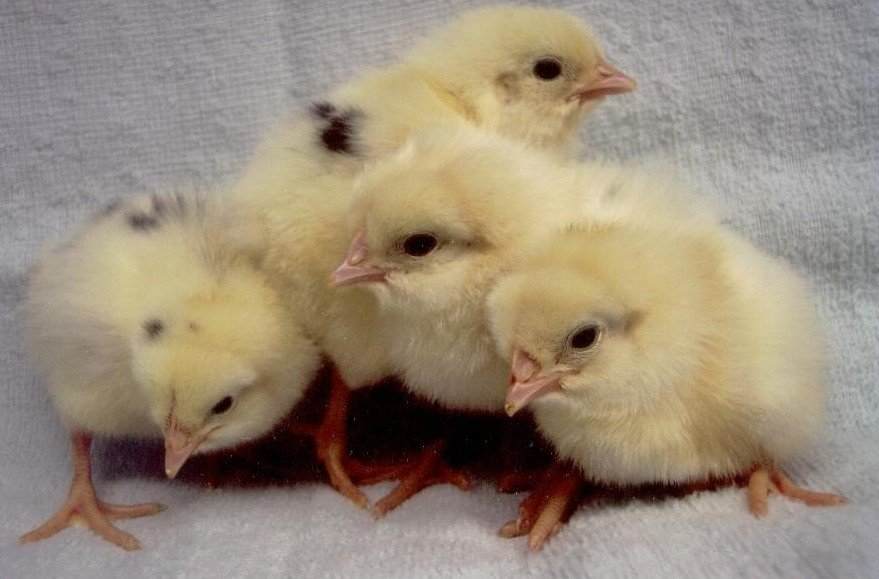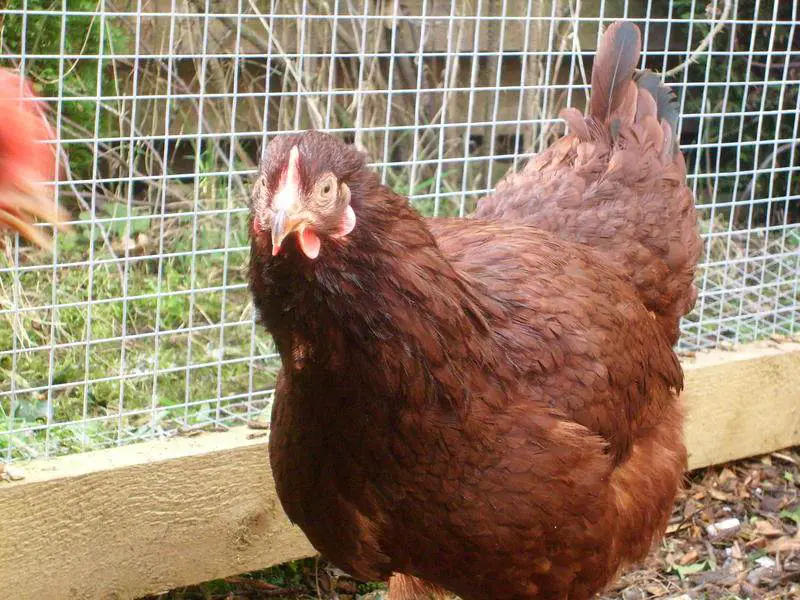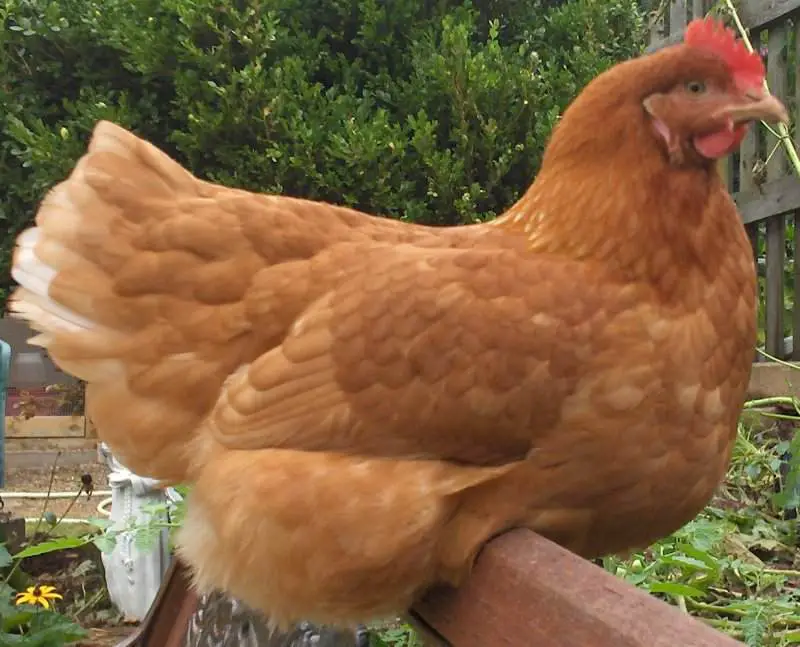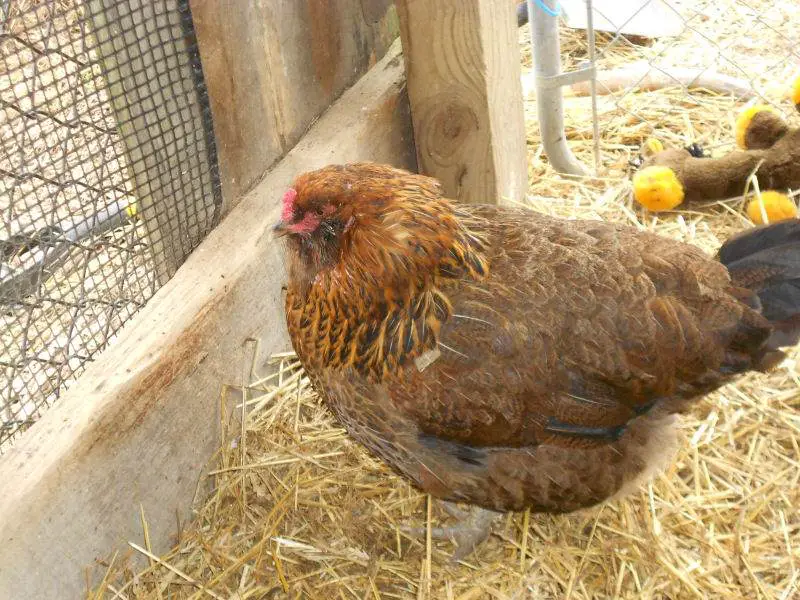Table of Contents
If you haven’t already established a flock of hens for your egg-laying needs, it is time to get started. Chickens are easy to raise and will keep your family supplied with fresh eggs.
Backyard chickens are becoming more popular, even in the suburbs, as people discover just how easy and convenient it is to raise chickens.
Being able to collect eggs every day without worrying about how the chickens are being treated is really nice.
You also know you are getting fresh eggs. Eggs purchased in the stores are several weeks old by the time you get them in your refrigerator.
Plus, you have to worry about what the chicken was fed and whether or not the chicken was healthy. If you have never had a farm-fresh egg, you don’t know what you are missing!
Eggs you collect from your own chickens do not look the same inside or outside as the eggs you buy in the store.
You will discover your eggs will have rich, deep yellow, and even orange yolks if you allow the chickens to roam outside.
These dark yolks are actually better for you and are packed full of vitamins. Not to mention, they taste better too.
The eggs you collect from your backyard chicken flock will also be bigger and, depending on what chicken breed you have, could be brown.
Brown eggs are technically no different from white eggs, but many people believe that brown eggs are better. Maybe that is because brown eggs are typically associated with farm-fresh or backyard eggs, which are better.
Now that you know why you need your backyard flock, what kind of chickens should you get?
The following are the top five best chicken breeds for raising on your farm or in your own backyard.
Remember that laying hens do not typically make great meat birds. If you are looking to raise chickens with the intent of butchering them for meat, you will want to choose different breeds.
The hens on this list are less likely to become broody, which means they want to sit on a clutch of eggs to hatch them. A broody hen will stop laying once she has built up a nice collection of eggs.
1. White Leghorn
These birds are white and therefore produce white eggs. They will produce about 250 eggs a year. During the peak of their egg production, you will get plenty of extra-large white eggs.
Leghorns enjoy having space and spend most of their day searching for food and poking around dirt. They are also capable of flying and producing an alert sound when a predator is close. Further, this breed is quite tough to weather as it can withstand cold due to its rose comb.
Leghorns won’t weigh heavy on your pocket as they eat very lightly. A 16% layer feed is enough for a fully grown leghorn for a year. However, during the molting season, you’ll have to increase their protein intake by 20%.
They are a hardy breed that will lay eggs year-round as long as you provide plenty of heat, water, and food.
2. California White
These are one of the best options for egg layers. They will produce an amazing 300 eggs a year. Eggs are fairly large in size. The adult hens are fairly small and weigh only about 5 pounds.
It is a hybrid of white leghorn and brown California rooster. This breed is friendly with other chickens and humans too. Although they seem to be very similar to white leghorns, there are three major differences- they have large combs, they are slightly bigger than other birds, presence of black spots on their feathers, especially under their lower back. Besides, they can fly higher than average other chickens which can be a problem If you have low-height fencing.
3. Rhode Island Reds
These are very common and tend to be a favorite among backyard chicken growers. The brown birds produce medium to large brown eggs.
You can expect 250 eggs per year. Reds tend to be “pack-like” when you have several in your flock. They can get a little bossy and mean and pick on smaller breeds.
4. Gold Sexlink
Another excellent producer of brown eggs. These golden birds will produce about 250 eggs per year. Sexlinks are engineered to make picking hens at the chick stage a breeze.
Males will be solid white, while the females will have streaks of gold. The chickens get up to about 5 pounds at full maturity.
5. Ameraucana (Easter Eggers)
If you are not afraid of blue or green eggs, these are excellent layers. You will get approximately 300 eggs per year from these hens.
The chickens are beautiful and tend to be very friendly, making them great pets. The chickens are on the larger side, weighing up to 7 pounds at full maturity
It is essential to point out that even if you have one of the above breeds, improper care could result in chickens laying fewer than the average amount. To maximize egg production, you need to ensure the chickens are fed properly.
During the winter months, the bugs and foraging are difficult. Thus, feeding the hens a high-protein feed along with oyster shells and yogurt will help keep their egg production in full swing.
You will also need to supplement the short winter days with additional light.
Chickens need at least 10 hours of light a day to lay eggs regularly. They also need to be warm. If it is cold out, they will be forced to use their energy to stay warm instead of using it to produce eggs.
A heat lamp will take care of that problem, and you can still get eggs all winter.
Chickens need plenty of room to move around. Scratching stimulates egg production. If you have the space available, let your chickens free range.
They are great for eliminating bugs that would normally eat your garden.
However, the chickens will eat your garden, so either watch them closely or fence off your garden and let the chickens roam the rest of the property. They make great natural fertilizers!
Check Out Our Free Chicken Coop Plans
If you are letting your chickens free range, you need to make sure the coop is an inviting place to lay eggs.
You don’t want to search the property trying to find the eggs your hens lay. Nesting boxes with clean straws are essential.
You can help encourage the chickens to lay eggs in the boxes by placing plastic Easter eggs in the boxes.
They will quickly learn where they are supposed to be laying. You will also discover your hens will prefer one or two boxes, even if you have 10 available. They will all share the same couple of boxes and leave the rest empty.
If you discover your hens are laying more eggs than you could eat or preserve, you can sell the excess to friends or use the eggs to trade for things you need.
Your big, farm-fresh eggs will be a real treat for those who don’t have their own chickens.


